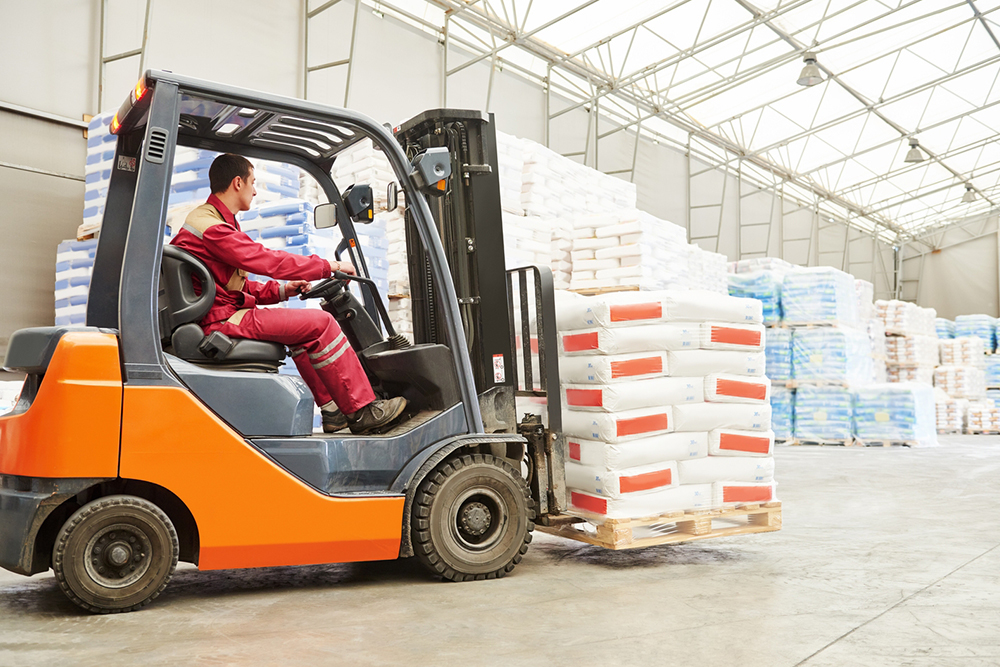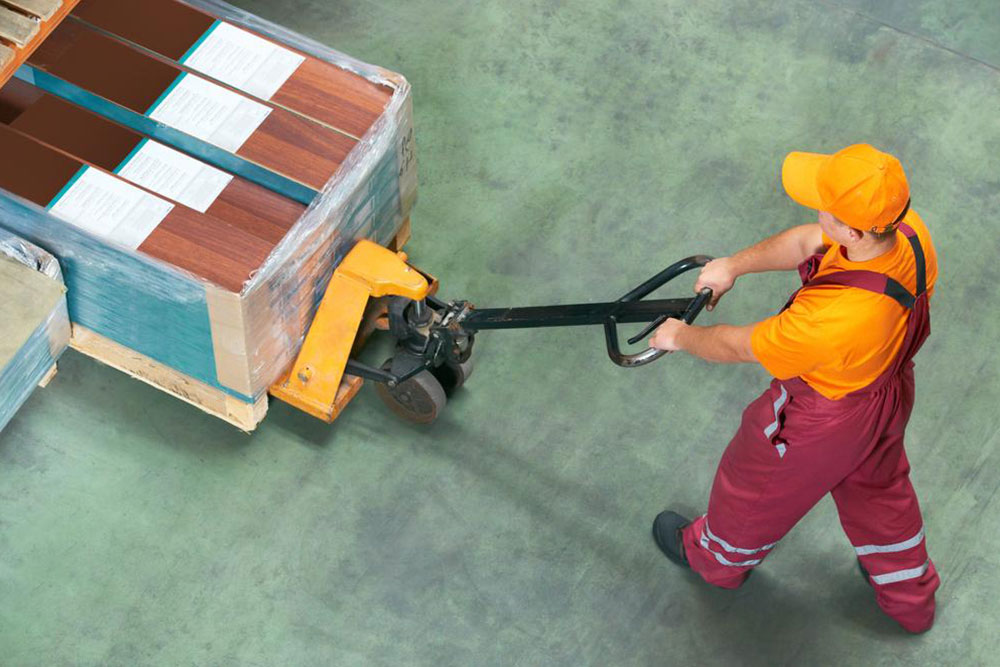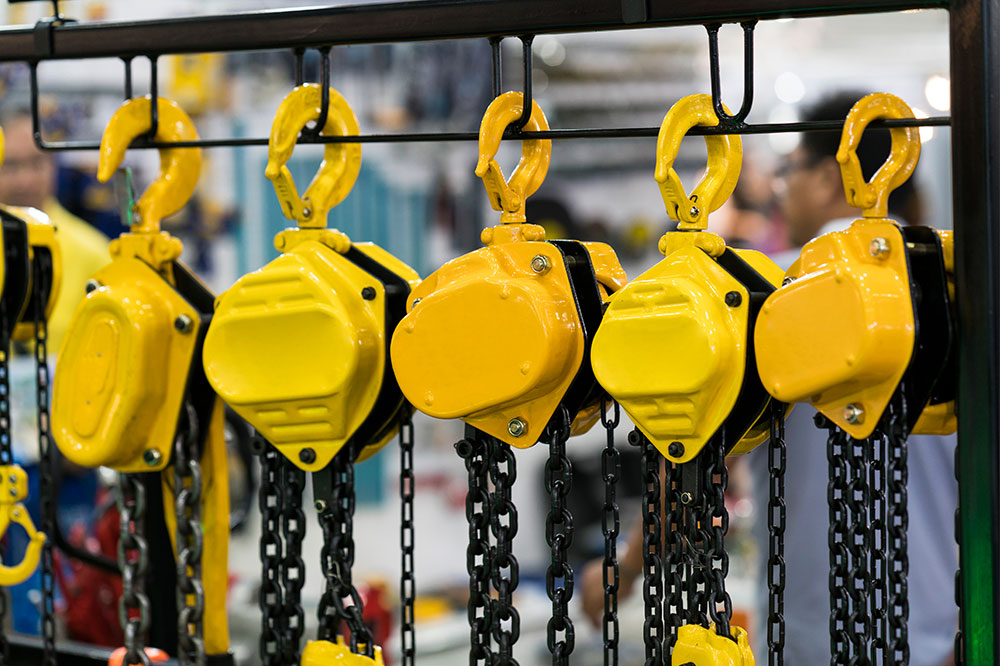Ultimate Guide to Mobile Yard Loading Ramps: Enhancing Efficiency and Safety
This comprehensive guide explores mobile yard loading ramps, highlighting their design, features, safety considerations, and how they improve efficiency in material handling. Suitable for logistics, warehousing, and industrial operations, the article provides essential tips for choosing and operating these versatile ramps to ensure safety and productivity.

Ultimate Guide to Mobile Yard Loading Ramps: Enhancing Efficiency and Safety
In today’s fast-paced logistics and material handling industries, mobile yard loading ramps have become an essential tool to streamline operations and improve safety. These versatile ramps facilitate seamless transitions between trucks, containers, and storage areas without the need for permanent dock structures. Designed for flexibility and durability, mobile yard ramps are pivotal in optimizing loading and unloading procedures, reducing wait times, and increasing overall productivity. This comprehensive guide explores everything you need to know about mobile yard loading ramps, including their design features, key considerations for selection, safety guidelines, and how they can benefit your operational setup.
Whether you operate a warehouse, distribution center, or construction site, understanding the variations and functionalities of these ramps can help you choose the right equipment tailored to your specific needs.
Introduction to Portable Yard Loading Ramps
Mobile yard ramps are portable structures, frequently constructed from welded steel or lightweight aluminum, explicitly designed to handle heavy loads efficiently. Unlike permanent loading docks, these ramps can be quickly relocated wherever they are needed, making them ideal for dynamic environments that require flexibility. The primary purpose of these ramps is to enable safe, efficient, and smooth transfer of goods between transport vehicles like trucks, trailers, or containers and storage or processing areas.
Portable yard ramps are especially valuable when space constraints or logistical requirements prevent the installation of fixed docks. Used across industries such as manufacturing, logistics, retail, and agriculture, these ramps significantly enhance operational throughput and safety standards.
Design and Construction Features of Mobile Yard Loading Ramps
The design of a mobile yard ramp plays a crucial role in its performance, safety, and longevity. Here are some key features that define a high-quality mobile yard ramp:
Material Selection: Most yard ramps are built from welded steel for durability and strength, capable of supporting substantial loads over extended periods. Elegant aluminum variants are also available, offering reduced weight and increased portability, though often at a higher cost. Aluminum ramps are more suitable for lighter workloads or environments where frequent repositioning is necessary.
Decking and Surface Materials: The loading surface must be robust, slip-resistant, and capable of withstanding harsh environmental conditions. Commonly, steel grating with serrated surfaces is employed to provide maximum traction, preventing slips and falls during loading or unloading activities. Pavement or industrial-grade rubber overlays can be used in specific environments for additional safety.
Dimensions and Layout: Standard yard ramps typically feature a gentle incline—around 29 feet 6 inches in length and approximately 7 feet 5 inches in width—to facilitate safe vehicle movement. The approach section, leading to the incline, is usually about 8 feet 3 inches long, with a lip or curb to ensure smooth transition onto trucks or trailers.
Safety Rails and Guardrails: To prevent accidental falls and forklift mishaps, safety rails are installed on both sides of the ramp. These rails are often made from sturdy steel tubing or channels and are an essential safety feature, especially when working with personnel or equipment on the ramp.
Mobility Support: For ease of repositioning, mobile yard ramps are mounted on adjustable legs with caster wheels or pneumatic tires. These wheels allow operators to roll the ramps into position quickly and secure them using locking mechanisms once in place.
Adjustability: Many ramps come equipped with height adjustment features to accommodate different truck bed heights, typically up to 7 degrees of inclination, ensuring maximal compatibility across a broad range of vehicles.
Optimal Use and Practical Considerations for Yard Ramps
Choosing the right ramp involves understanding specific operational requirements to maximize efficiency and safety. Here are some crucial factors to consider:
Load Capacity: Always select a ramp with a rated capacity exceeding the maximum expected load to incorporate a safety margin—standard capacities range from 15,000 pounds for light-duty applications to over 33,000 pounds for heavy-duty needs.
Frequency of Use: Heavy-use environments such as warehouses and distribution centers demand more robust, frequently serviced ramps, while occasional use might be suitable for lighter, less durable models.
Dimensional Compatibility: Ensure the ramp’s width and length match your vehicle and operational dimensions—this reduces the need for repositioning and prevents accidents.
Height Flexibility and Incline: Verify that the ramp can handle the maximum height difference required, ensuring smooth and safe access for trucks of varying bed heights.
Vehicle Compatibility: Confirm that forklifts and trucks can operate safely on the ramp without clearance issues, especially at inclines and turns.
Terrain Conditions: For outdoor or rough terrain applications, pneumatic tires are preferable over solid tires, providing better shock absorption and traction.
Safety Protocols and Best Practices for Yard Ramp Operations
Proper safety protocols are vital to prevent accidents, injuries, and equipment damage. Implement these best practices for safe operation:
Traction Surfaces: Steel grating with serrated surfaces significantly enhances grip during loading and unloading, especially in wet or oily conditions.
Material Strength: Steel structures are more durable compared to aluminum, making them suitable for high-volume or heavy load environments.
Approach Plates: Steel diamond plates at entry and exit points facilitate smooth transitions and minimize trip hazards.
Securement: Embed safety chains or tie-down points to secure the ramp during use, preventing accidental movement.
Run-off Protection: Steel channels or barriers along the sides help contain loads and prevent accidental run-offs, improving overall safety.
Level-Off Sections: Incorporate a level, secure approach area—ideally six feet long and flush with the ground—to provide safe access for personnel and equipment.
Conclusion: Leveraging Mobile Yard Ramps for Enhanced Operational Efficiency
Mobile yard loading ramps are a pivotal asset in enhancing operational flexibility, safety, and efficiency across diverse industries. By carefully selecting the right design, capacity, and safety features, businesses can streamline their material handling processes, reduce downtime, and create safer work environments. Investing in high-quality, properly maintained yard ramps not only improves productivity but also ensures compliance with safety standards, protecting workers and equipment alike. Whether you need a lightweight aluminum ramp for occasional use or a heavy-duty steel ramp for daily operations, understanding these key factors will guide you in making informed, effective decisions.
Optimizing your material handling setup with the appropriate mobile yard ramp can significantly contribute to your business’s success and operational excellence.





